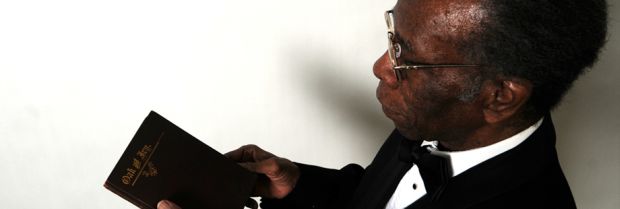
English Faculty Publications
Document Type
Article
Publication Date
Spring 2013
Publication Source
Victorians: A Journal of Culture and Literature
Abstract
Blackface minstrelsy, popular in England since its introduction in 1836, reached its apogee in 1882 when the Prince of Wales took banjo lessons from James Bohee, an African-American performer. The result, according to musicologist Derek Scott, was a craze for the banjo among men of the middle classes. However, a close look at the periodical press, and the highly influential Punch in particular, indicates that the fad extended to women as well. While blackface minstrelsy was considered a wholesome entertainment in Victorian England, Punch's depiction of female banjo players highlights English unease with this practice in a way that male performance does not. Expanding our understanding of minstrel performance to include racial markers other than skin color — such as the banjo — provides a new avenue for considering the role gender plays in delineating both racial difference and English national identity in the nineteenth century. Critics have noted that contradictory cultural significations of class and nationality are bound up in the English performance of blackface minstrelsy, but their focus on male troupes neglects the way gender further complicates and unravels meaning. However, rather than affirming the whiteness of English national identity, women's attraction to the banjo threatens it by communicating a desire for non-white cultures and bodies.
Inclusive pages
31-51
ISBN/ISSN
0042-5192
Document Version
Published Version
Copyright
Copyright © 2013, Western Kentucky University
Publisher
Western Kentucky University
Issue
123
Peer Reviewed
yes
Keywords
minstrelsy, blackface, banjo, gender roles, Victorian era, English literature
eCommons Citation
Vorachek, Laura, "Whitewashing Blackface Minstrelsy in Nineteenth-Century England: Female Banjo Players in 'Punch'" (2013). English Faculty Publications. 6.
https://ecommons.udayton.edu/eng_fac_pub/6



Comments
This article first appeared in Victorians: A Journal of Culture and Literature, Issue 123, Spring 2013, pages 31-51.
Permission documentation is on file.